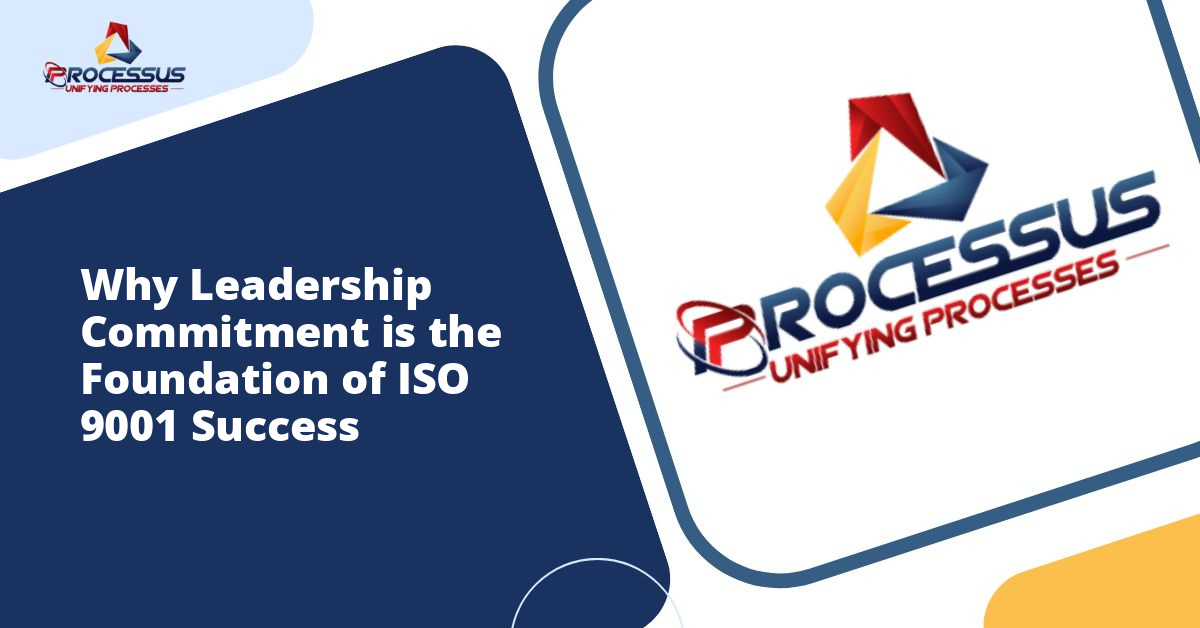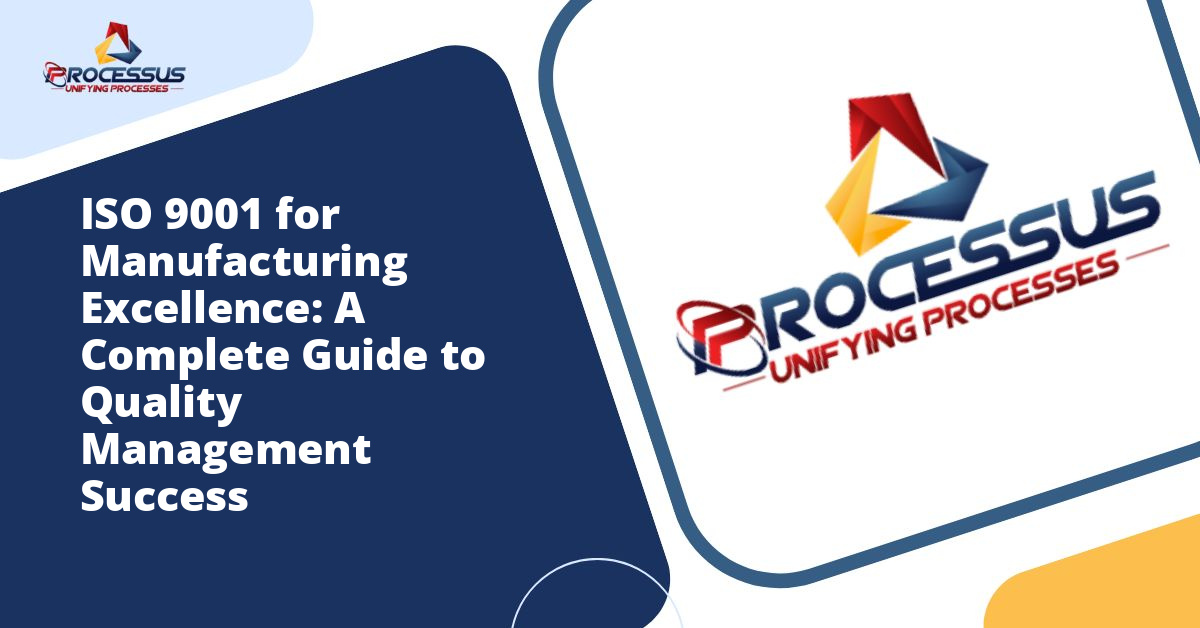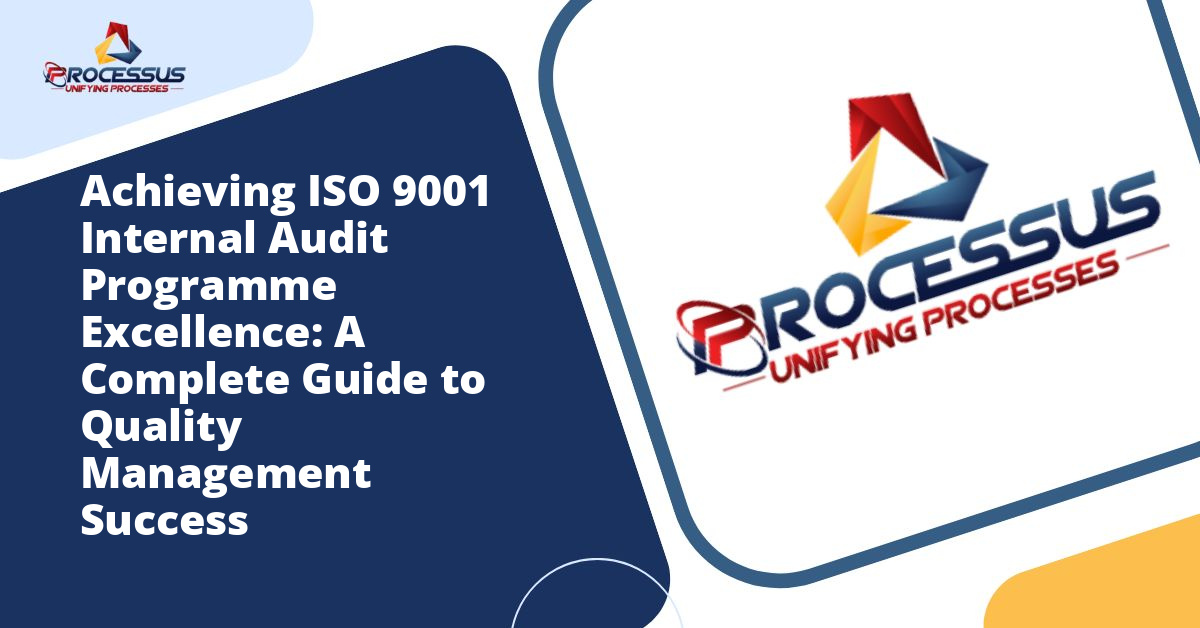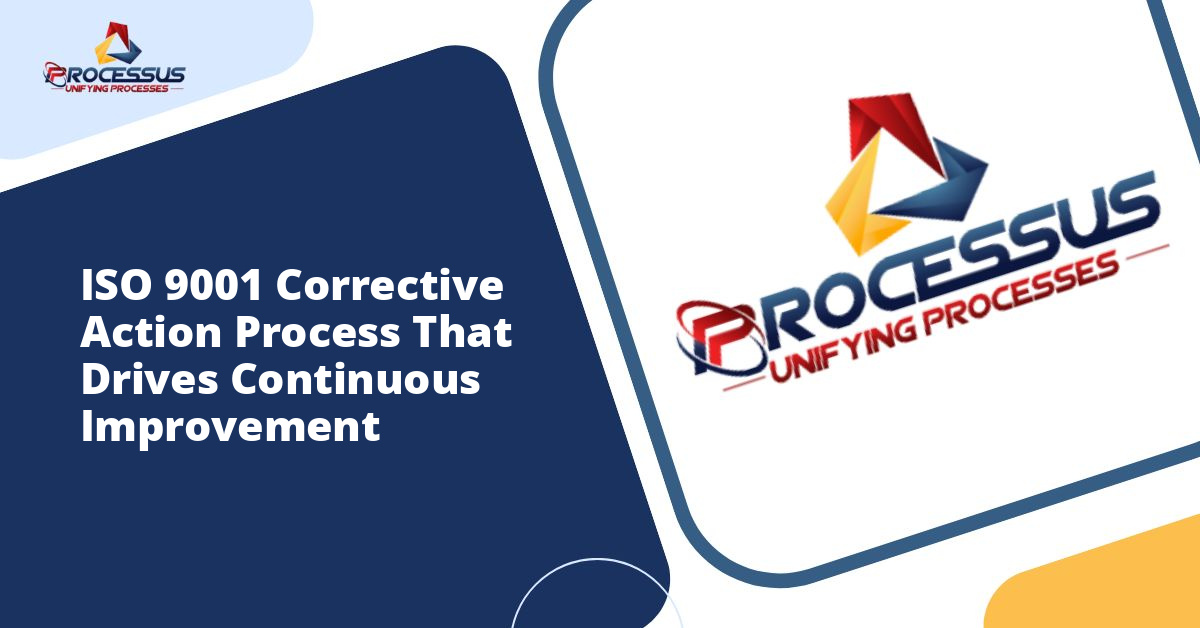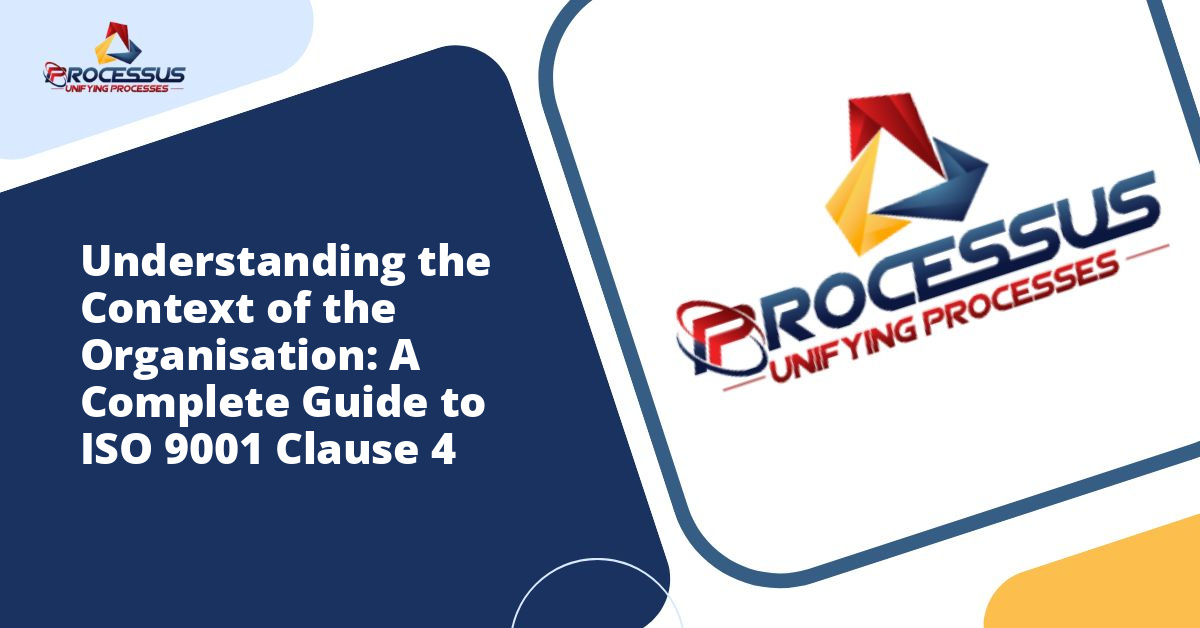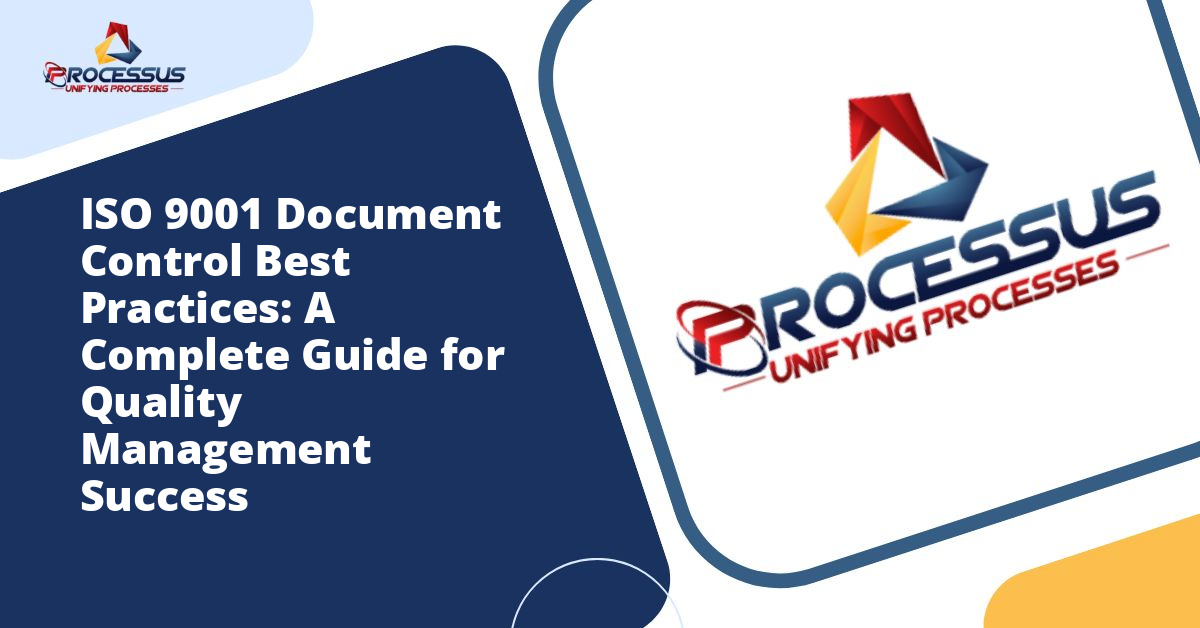In today’s competitive business environment, implementing a quality management system based on ISO 9001 standards has become essential for organizations seeking to improve their operations, satisfy customers, and achieve sustainable growth. However, numerous studies and practical experiences have shown that the mere adoption of ISO 9001 standards does not guarantee success. The critical differentiator between organizations that simply obtain certification and those that truly benefit from ISO 9001 implementation lies in one fundamental factor: leadership commitment.
Leadership commitment represents more than just signing documents or allocating budgets. It embodies a genuine dedication to quality principles, continuous improvement, and organizational transformation. This article explores the multifaceted role of leadership commitment in ISO 9001 success and provides practical insights into how leaders can drive meaningful quality improvements throughout their organizations. You might also enjoy reading about Understanding the Context of the Organisation: A Complete Guide to ISO 9001 Clause 4.
Understanding Leadership Commitment in ISO 9001 Context
ISO 9001:2015, the latest version of the international quality management standard, has placed unprecedented emphasis on leadership and commitment. Unlike previous versions that focused on management responsibility, the current standard dedicates an entire clause to leadership, recognizing its pivotal role in quality management system success. You might also enjoy reading about ISO 9001 Document Control Best Practices: A Complete Guide for Quality Management Success.
Leadership commitment in the ISO 9001 context encompasses several dimensions. First, it requires leaders to take accountability for the effectiveness of the quality management system rather than delegating this responsibility solely to quality managers or departments. Second, it demands that leaders integrate quality management system requirements into business processes rather than treating them as separate administrative tasks. Third, it necessitates that leaders promote the use of process approach and risk-based thinking throughout the organization. You might also enjoy reading about ISO 9001 Corrective Action Process That Drives Continuous Improvement.
The standard explicitly requires top management to demonstrate leadership and commitment by ensuring that quality policy and quality objectives are established and compatible with organizational context and strategic direction. This represents a fundamental shift from viewing quality as a compliance exercise to recognizing it as a strategic business tool.
The Impact of Leadership Commitment on ISO 9001 Implementation
Research consistently demonstrates that leadership commitment directly influences every aspect of ISO 9001 implementation and maintenance. Organizations with strong leadership commitment typically experience smoother certification processes, more effective quality management systems, and greater realization of quality benefits.
Creating Organizational Culture
Leaders shape organizational culture through their actions, decisions, and priorities. When leaders genuinely commit to quality principles, they create an environment where quality becomes embedded in organizational DNA rather than remaining a superficial compliance requirement. Employees observe leadership behavior and adjust their attitudes and actions accordingly. If leaders demonstrate that quality matters through consistent actions and resource allocation, employees will embrace quality principles in their daily work.
Conversely, when leadership commitment exists only on paper, employees quickly recognize the disconnect between stated values and actual priorities. This cynicism undermines quality initiatives and transforms ISO 9001 implementation into a bureaucratic exercise that consumes resources without delivering meaningful benefits.
Resource Allocation and Support
Effective ISO 9001 implementation requires substantial resources including time, money, personnel, and technology. Committed leaders ensure that adequate resources are allocated not just for initial certification but for ongoing maintenance and improvement of the quality management system. This includes investing in employee training, quality infrastructure, process improvement initiatives, and measurement systems.
Leadership commitment manifests in budget decisions, staffing choices, and priority setting. When competing demands arise, committed leaders protect quality initiatives from being constantly deprioritized in favor of seemingly more urgent matters. They understand that quality represents an investment rather than a cost and that short-term sacrifices may yield long-term benefits.
Employee Engagement and Motivation
Employee engagement constitutes a critical success factor for ISO 9001 implementation. Committed leaders recognize that quality management systems succeed or fail based on employee participation and buy-in. They actively engage employees in quality initiatives, solicit their input, address their concerns, and recognize their contributions.
Leadership commitment energizes employees by providing clear direction, meaningful purpose, and tangible support. When employees see leaders personally involved in quality initiatives, attending training sessions, participating in audits, and celebrating quality achievements, they feel motivated to contribute their best efforts. This creates positive momentum that propels quality management systems beyond minimum compliance toward continuous improvement and excellence.
Key Areas Where Leadership Commitment Drives Success
Leadership commitment influences numerous specific areas that determine ISO 9001 success. Understanding these areas helps leaders focus their efforts where they will generate maximum impact.
Establishing Customer Focus
ISO 9001 places customer satisfaction at the center of quality management. Leadership commitment translates into concrete actions that prioritize customer needs throughout the organization. Committed leaders establish mechanisms for understanding customer requirements, measuring customer satisfaction, and responding to customer feedback. They ensure that customer perspectives inform strategic decisions and operational improvements.
Leaders demonstrate customer focus by personally engaging with customers, reviewing customer feedback, and holding the organization accountable for customer satisfaction metrics. This sends powerful messages throughout the organization about the importance of meeting and exceeding customer expectations.
Driving Process Improvement
The process approach represents a fundamental principle of ISO 9001. Leadership commitment enables effective process management by encouraging process thinking, supporting process analysis, and allocating resources for process improvement. Committed leaders view processes as opportunities for optimization rather than fixed routines that resist change.
Leaders drive process improvement by setting improvement objectives, removing barriers to change, and celebrating process innovations. They create safe environments where employees can identify process problems without fear of blame and experiment with improvements without excessive risk of failure. This approach transforms the organization from reactive problem-solving to proactive improvement.
Implementing Risk-Based Thinking
ISO 9001:2015 introduced risk-based thinking as a core concept. Leadership commitment enables effective risk management by establishing risk awareness throughout the organization, supporting risk assessment activities, and ensuring appropriate responses to identified risks and opportunities. Committed leaders model risk-based thinking in their decisions and encourage employees to consider risks and opportunities in their work.
Leaders demonstrate commitment to risk-based thinking by allocating time and resources for risk assessment, integrating risk considerations into strategic planning, and responding appropriately when risks materialize. This proactive approach helps organizations anticipate problems before they occur and capitalize on opportunities that others might overlook.
Promoting Evidence-Based Decision Making
ISO 9001 emphasizes decisions based on analysis and evaluation of data and information. Leadership commitment to evidence-based decision making requires establishing measurement systems, collecting relevant data, analyzing trends, and using insights to guide decisions. Committed leaders resist making decisions based solely on intuition or politics and instead demand objective evidence.
Leaders promote evidence-based decision making by requesting data in management reviews, questioning assumptions, and supporting investments in measurement capabilities. They recognize that effective measurement systems provide the feedback loops necessary for continuous improvement and organizational learning.
Practical Strategies for Demonstrating Leadership Commitment
Understanding the importance of leadership commitment represents only the first step. Leaders must translate this understanding into concrete actions that demonstrate genuine commitment to ISO 9001 success.
Personal Involvement in Quality Activities
Committed leaders participate personally in quality management system activities rather than delegating everything to quality departments. This involvement might include attending internal audit meetings, participating in management reviews, visiting operational areas to observe processes, and engaging in customer feedback discussions. Personal involvement demonstrates that quality matters to top leadership and deserves everyone’s attention.
Communicating Quality Vision and Expectations
Effective communication represents a critical leadership responsibility. Committed leaders consistently communicate the importance of quality management, explain how ISO 9001 supports organizational objectives, and clarify expectations for employee participation. This communication occurs through multiple channels including town halls, team meetings, written communications, and informal conversations.
Leaders ensure that quality messages reach all organizational levels and that employees understand not just what they should do but why it matters. This contextual understanding helps employees connect their daily activities to larger organizational purposes.
Aligning Quality Objectives with Business Strategy
One of the most powerful ways leaders demonstrate commitment involves integrating quality objectives into overall business strategy. Rather than treating ISO 9001 as a separate compliance requirement, committed leaders ensure that quality objectives support strategic goals and that strategic planning considers quality management system requirements.
This alignment might involve setting quality objectives that support market expansion, developing processes that enable new product introductions, or implementing risk management approaches that protect strategic initiatives. When quality and strategy align, employees recognize quality as essential to business success rather than as an administrative burden.
Recognizing and Rewarding Quality Contributions
Committed leaders establish recognition and reward systems that acknowledge quality contributions. This recognition might include formal awards, public acknowledgment, career advancement opportunities, or informal praise. The specific form matters less than the consistency and sincerity of recognition.
Recognition systems send powerful messages about organizational priorities. When employees see colleagues recognized for quality achievements, they understand that quality contributions lead to advancement and appreciation. This creates positive reinforcement loops that encourage continued quality focus.
Providing Ongoing Education and Development
Leadership commitment includes ensuring that employees possess the knowledge and skills necessary for effective quality management system participation. This requires ongoing investments in training, education, and development opportunities. Committed leaders view training as essential infrastructure rather than discretionary expense.
Training investments might include ISO 9001 awareness training for all employees, specialized training for internal auditors, process improvement training for team leaders, and external conferences for quality professionals. Leaders also ensure that training translates into practice by providing opportunities for employees to apply new knowledge and skills.
Overcoming Common Leadership Commitment Challenges
Despite good intentions, leaders often encounter obstacles that test their commitment to ISO 9001 success. Recognizing these challenges and developing strategies to address them strengthens leadership effectiveness.
Competing Priorities and Time Constraints
Leaders face numerous competing demands on their time and attention. Quality management can seem less urgent than financial crises, customer complaints, or operational emergencies. Committed leaders address this challenge by scheduling regular time for quality activities, establishing quality metrics alongside financial metrics, and recognizing that preventing problems through effective quality management reduces future emergencies.
Short-Term Pressure Versus Long-Term Benefits
ISO 9001 benefits often accrue over time while implementation requires immediate investments. Leaders facing short-term performance pressure may struggle to justify quality investments. Committed leaders address this tension by documenting quality benefits, communicating long-term value, and protecting quality initiatives from short-term budget pressures.
Resistance to Change
ISO 9001 implementation typically requires significant organizational change, which naturally generates resistance. Leaders may face pushback from employees accustomed to existing practices or skeptical about quality management value. Committed leaders address resistance through transparent communication, employee involvement, and demonstrated quick wins that build momentum.
Maintaining Momentum After Certification
Many organizations experience declining leadership attention after achieving initial certification. The celebration of certification success can lead to complacency and reduced commitment to ongoing improvement. Committed leaders prevent this decline by emphasizing that certification represents a beginning rather than an end and by maintaining consistent focus on quality objectives beyond certification.
Measuring Leadership Commitment Impact
Organizations benefit from measuring leadership commitment to understand its impact and identify improvement opportunities. While leadership commitment can seem abstract, several indicators provide insights into commitment levels and effectiveness.
Key indicators include leadership participation rates in quality activities, resource allocation to quality initiatives, employee perception surveys measuring perceived leadership support, quality objective achievement rates, and customer satisfaction trends. Organizations can track these indicators over time to assess whether leadership commitment remains strong or requires reinforcement.
Additionally, internal and external audit findings often reflect leadership commitment levels. Organizations with strong leadership commitment typically demonstrate fewer systemic problems, more effective corrective actions, and greater evidence of continuous improvement.
The Long-Term Value of Leadership Commitment
Organizations that sustain strong leadership commitment to ISO 9001 realize substantial long-term benefits that extend far beyond certification maintenance. These benefits include enhanced operational efficiency, improved customer satisfaction and loyalty, reduced waste and rework, stronger competitive positioning, and improved employee engagement and retention.
Perhaps most importantly, leadership commitment creates organizational capabilities that support adaptation and resilience in changing business environments. Organizations that have embedded quality principles through committed leadership can more readily respond to market changes, customer demands, and competitive pressures.
Conclusion
Leadership commitment represents the foundation upon which ISO 9001 success is built. Without genuine leadership commitment, ISO 9001 implementation becomes a compliance exercise that consumes resources without delivering meaningful benefits. With strong leadership commitment, ISO 9001 transforms into a powerful management tool that drives continuous improvement, customer satisfaction, and organizational excellence.
Leaders who understand the critical importance of their commitment and translate this understanding into consistent actions position their organizations for sustainable success. They create cultures where quality thrives, employees engage, customers benefit, and organizations prosper. In the final analysis, ISO 9001 success depends less on the sophistication of documented procedures than on the depth and consistency of leadership commitment to quality principles.
Organizations embarking on ISO 9001 implementation or seeking to enhance existing quality management systems should begin by assessing and strengthening leadership commitment. This investment in leadership engagement will generate returns that far exceed the costs and create foundations for lasting quality excellence. The journey toward ISO 9001 success begins with leadership commitment and continues through that commitment every day thereafter.

